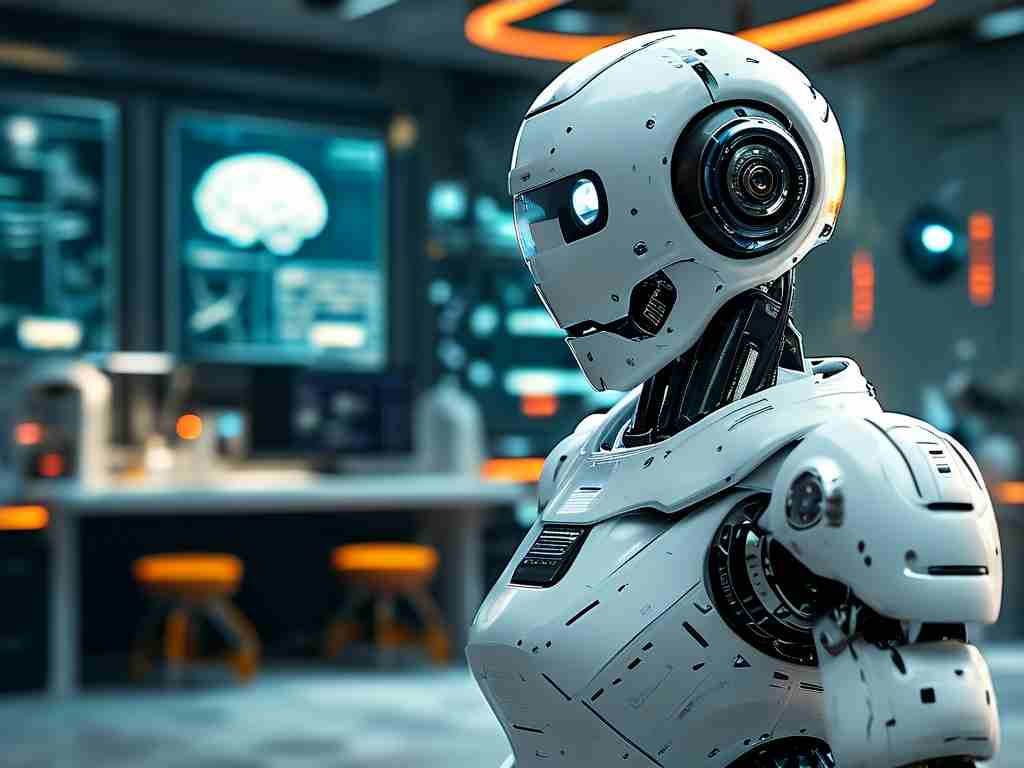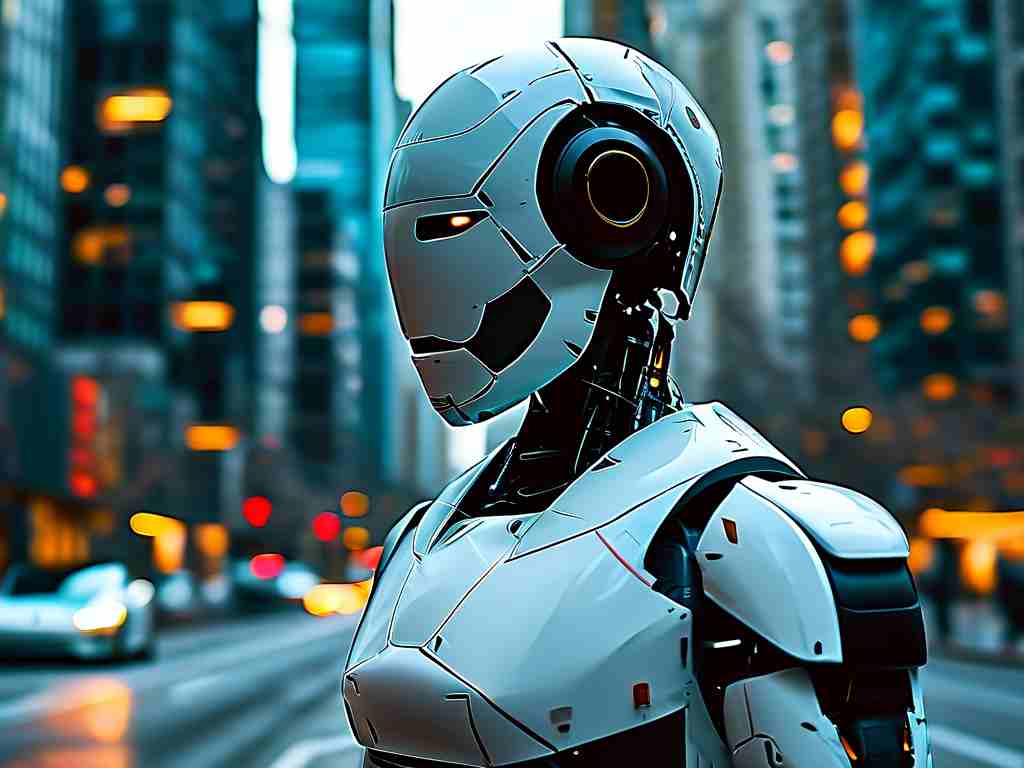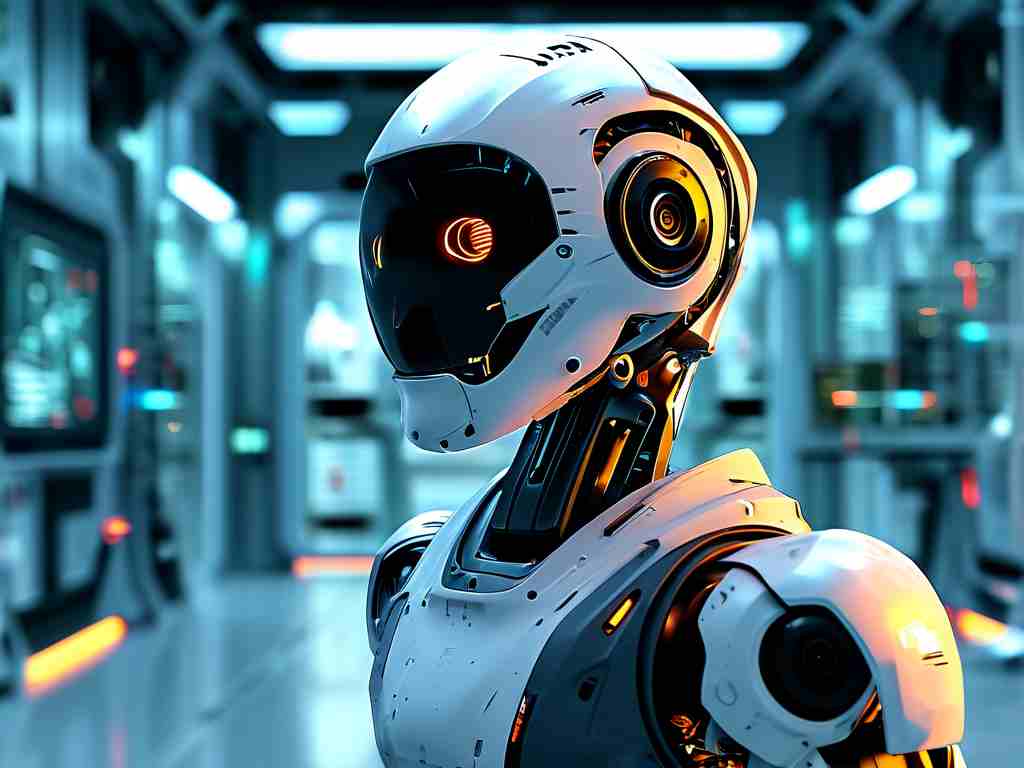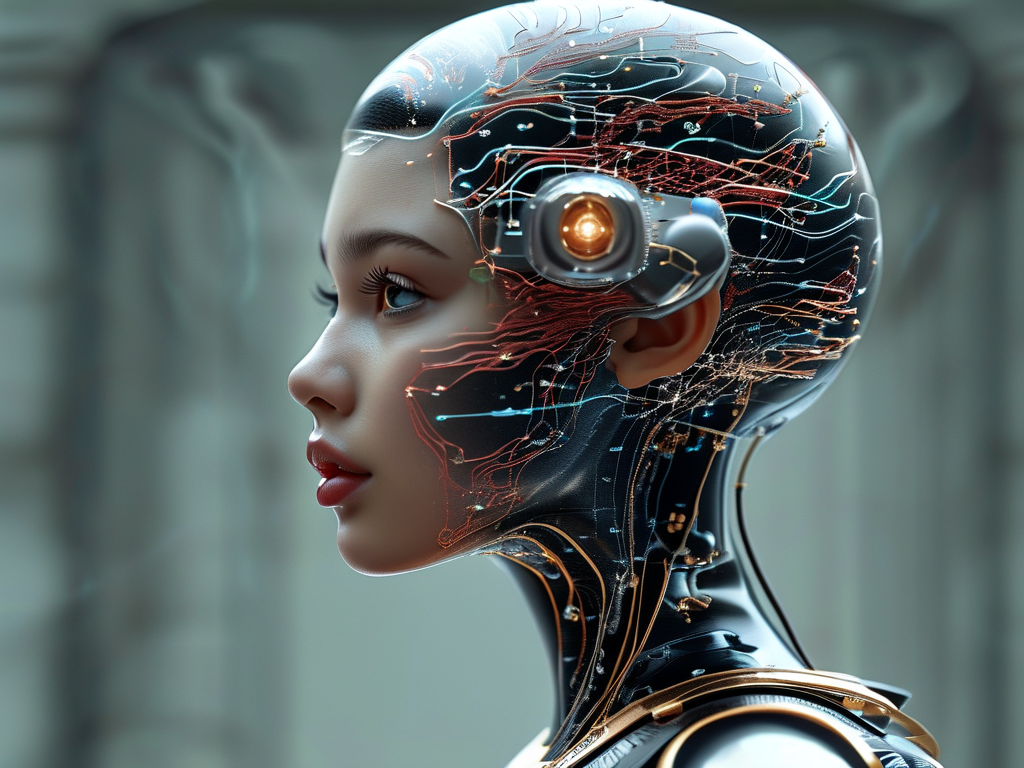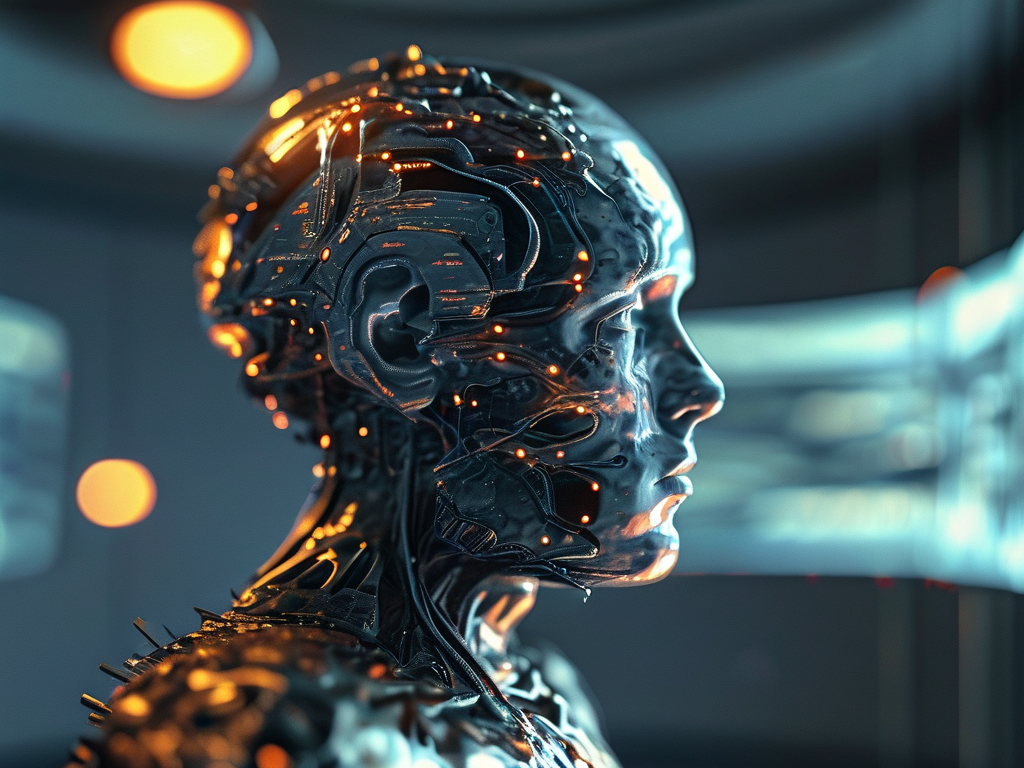The integration of advanced robotics into daily life has transitioned from science fiction to reality, revolutionizing how households operate. Modern home robots now combine artificial intelligence (AI), machine learning, and cutting-edge hardware to deliver unprecedented convenience, safety, and efficiency. This article delves into the latest breakthroughs in household robotics technology, their applications, and the ethical considerations they raise.
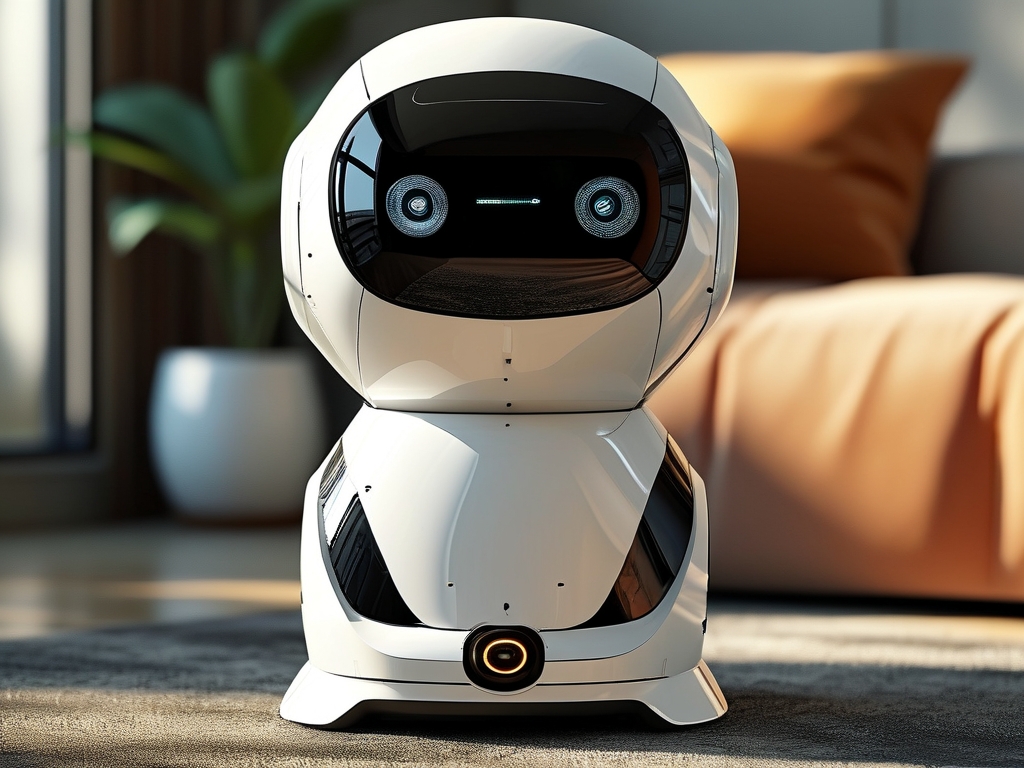
1. The Evolution of Home Robotics
Home robotics has evolved dramatically over the past decade. Early models, such as robotic vacuum cleaners, laid the groundwork for today’s sophisticated systems. These devices relied on basic sensors and pre-programmed routines. Today’s robots, however, leverage AI-driven algorithms, 3D mapping, and real-time data processing to adapt to dynamic environments. For instance, robots like the iRobot Roomba j9+ use machine vision to distinguish between obstacles like furniture and stray objects, optimizing cleaning paths without human intervention.
2. Core Technologies Powering Modern Home Robots
AI and Machine Learning
AI is the backbone of contemporary home robotics. Machine learning enables robots to “learn” from user behavior. For example, companion robots like Samsung Bot Handy analyze household routines to predict when to assist with tasks like organizing items or serving meals. Natural language processing (NLP) allows voice-controlled systems like Amazon Astro to understand complex commands and engage in contextual conversations.
Advanced Sensors and Computer Vision
LiDAR (Light Detection and Ranging) and RGB-D cameras provide robots with spatial awareness. These technologies enable devices like the Ecovacs Deebot X2 Omni to navigate multi-story homes, avoid stairs, and recognize specific objects. Computer vision also enhances security robots, such as Ring Always Home Cam, which patrols homes and identifies intrusions using facial recognition.
Human-Robot Interaction (HRI)
Modern robots are designed to interact seamlessly with humans. Emotional AI, embedded in devices like LG CLOi, detects human emotions through voice tone and facial expressions, allowing the robot to respond empathetically. This technology is particularly impactful in elder care, where robots provide companionship and monitor health metrics.
3. Applications Transforming Daily Life
Household Maintenance
Robots now handle chores beyond cleaning. The Tertill Solar-Powered Weeding Robot tends to gardens autonomously, while Moley Robotics’ Kitchen Assistant prepares meals using a library of recipes. These systems reduce manual labor, freeing time for users to focus on personal pursuits.
Health and Safety
Medical robots like Temi assist with telehealth appointments, vital sign monitoring, and medication reminders. Safety-focused robots, such as ASUS Zenbo, detect hazards like gas leaks or fires and alert homeowners instantly. During the COVID-19 pandemic, UV-C disinfection robots gained traction for sterilizing homes autonomously.
Education and Entertainment
Educational robots, including Anki Vector, teach coding to children through interactive games. Entertainment robots like Sony’s Aibo combine playfulness with AI, learning tricks and forming bonds with family members.
4. Ethical and Practical Challenges
Despite their benefits, home robots raise concerns. Privacy is a critical issue—devices equipped with cameras and microphones risk data breaches. Manufacturers must prioritize encryption and user consent. Additionally, the high cost of advanced robots limits accessibility, exacerbating socioeconomic divides.
There’s also debate over dependency: overreliance on robots might erode practical skills or human connections. For instance, elderly users may prefer robot caregivers but lose opportunities for social interaction.
5. The Road Ahead: Trends and Predictions
The next decade will see robots becoming more collaborative. Swarm robotics—multiple robots working in unison—could enable teams of devices to tackle complex tasks, like renovating a room. Advances in material science may yield soft, flexible robots capable of delicate actions, such as folding laundry.
Integration with smart home ecosystems will deepen. Imagine a robot that coordinates with your thermostat, lights, and security system to optimize energy use. Furthermore, quantum computing could exponentially enhance AI decision-making speeds, enabling real-time problem-solving.
6.
State-of-the-art home robotics technology is reshaping domestic life, offering solutions that blend intelligence, adaptability, and utility. While challenges remain, ongoing innovation and ethical frameworks will ensure these tools enhance quality of life without compromising human values. As robots grow more intuitive, they will transition from mere tools to trusted partners in the home—ushering in an era where technology and humanity coexist harmoniously.


